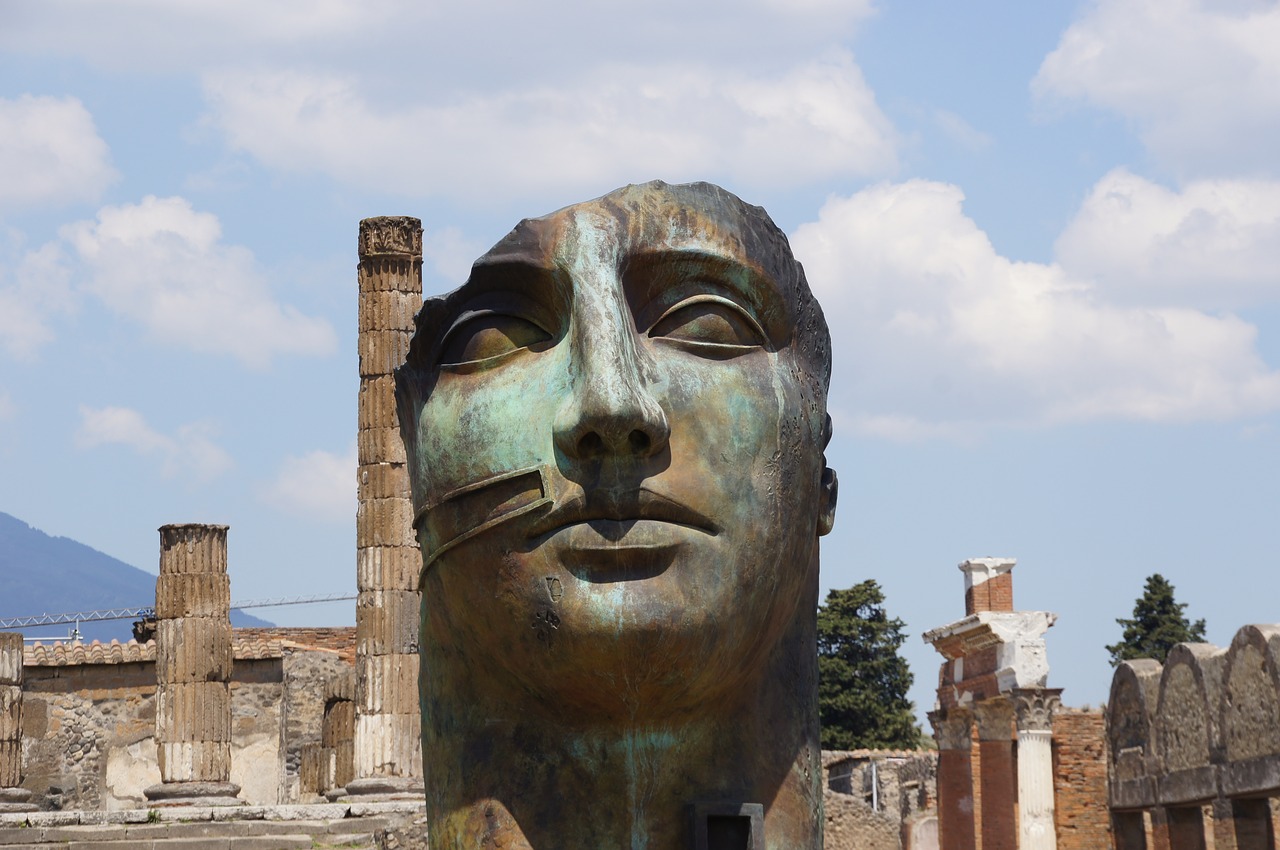Pompeii is an amazing park. It plunges the visitor into a vision of Roman life, and also brings its human tragedy into sharp focus. Yet years of digging, poor early oversight, and improper protection of the site have forced frequent rebuilding. Many buildings are not ancient, but reconstructions meant to return the city to some semblance of its former glory. It doesn’t detract from the experience, but knowing some history of the park is helpful when exploring modern Pompeii.
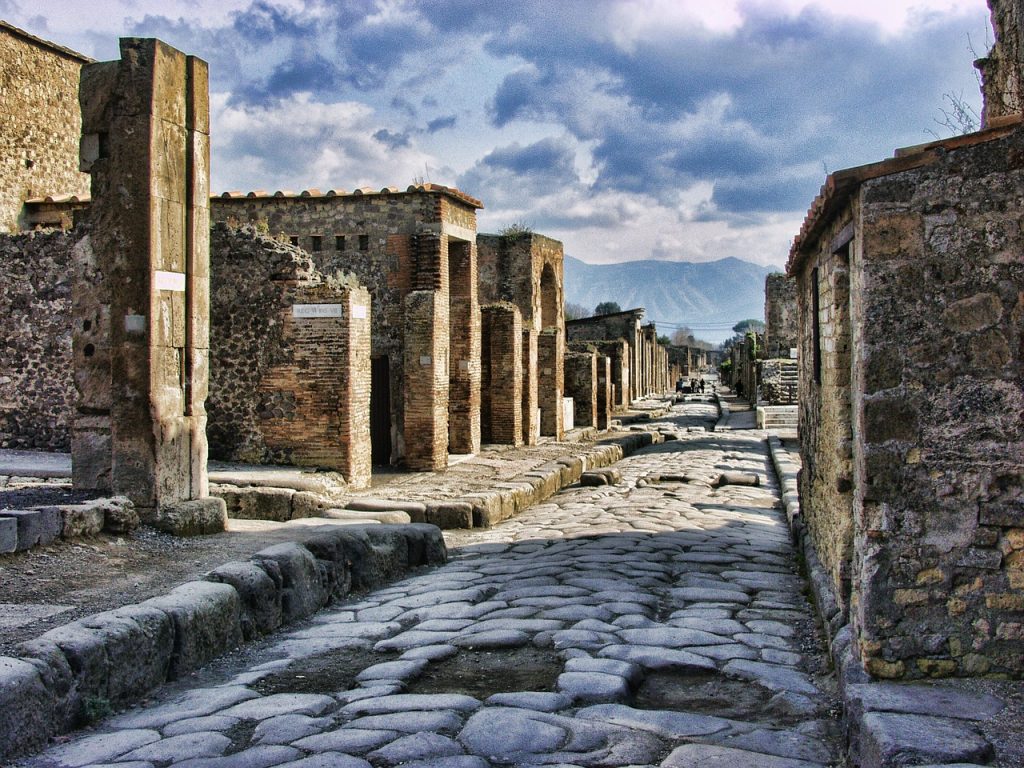
Early Work
The very first digging occurred shortly after the disaster that buried the city. Residents who had escaped returned and dug into their villas for precious items. Some profiteers also tunneled into the city, seeking articles to sell. However, the dangers put them off. Unstable tunnels often collapsed, and pockets of poisonous gas killed some unwary visitors. After an initial return, Romans forgot the city, and it passed into legend for centuries.
Architect Domenico Fontana stumbled on the city again between 1594 and 1600 A.D., when was digging a water route. He found two ancient inscriptions, and upon further search, several frescoes. He had little interest, however, and covered them back up. Then, in 1709, local monks digging a new well stumbled upon some relics. Prince d’Elbeuf, an eager collector of ancient items, bought the land, which proved to be the city of Herculaneum. Sadly, his workers dug at random, causing great damage and removing statues and artwork.
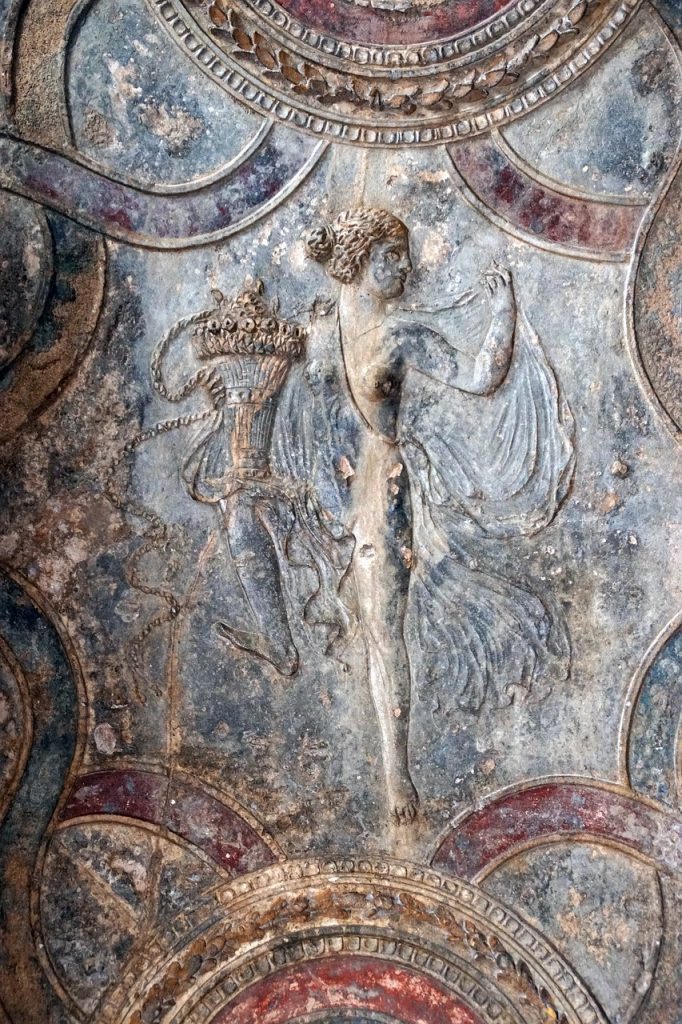
Official excavations began in 1738 under the oversight of Spanish engineer Roque Joaquín de Alcubierre. The finding of Pompeii nearby shifted attention away from the seaside resort and back to the major city. Yet poor techniques in the 18th and 19th centuries caused damage and allowed large scale decline in coming years.
Rebuilding Begins
The first organized scientific work in Pompeii began in 1863 under the direction of Giuseppe Fiorelli. Rather than jumping from one promising location to the next, his crew dug layer by layer, street by street. He left most items in situ, an kept detailed notes. He also realized that cavities remained where the ash had buried its victims. Using plaster poured into the cavity, they were able to preserve the final moments of many people. The process still bears his name, though now uses a clear resin that causes less damage. The plaster casts are iconic symbols of Pompeii, capturing the horror of its final days and humanizing its victims.
In the early 1900s, repair began in earnest as the site prepared to be a tourist attraction. The new director, Amedeo Maiuri, wanted to recreate the atmosphere of the Roman town. They cleared the main road, the Via dell’Abbondanza, and rebuilt almost every excavated building along its length. The large palestra also received heavy work. They did not realize that the tools used, chiefly the alkaline in the cement mixture, worsened erosion and damage.
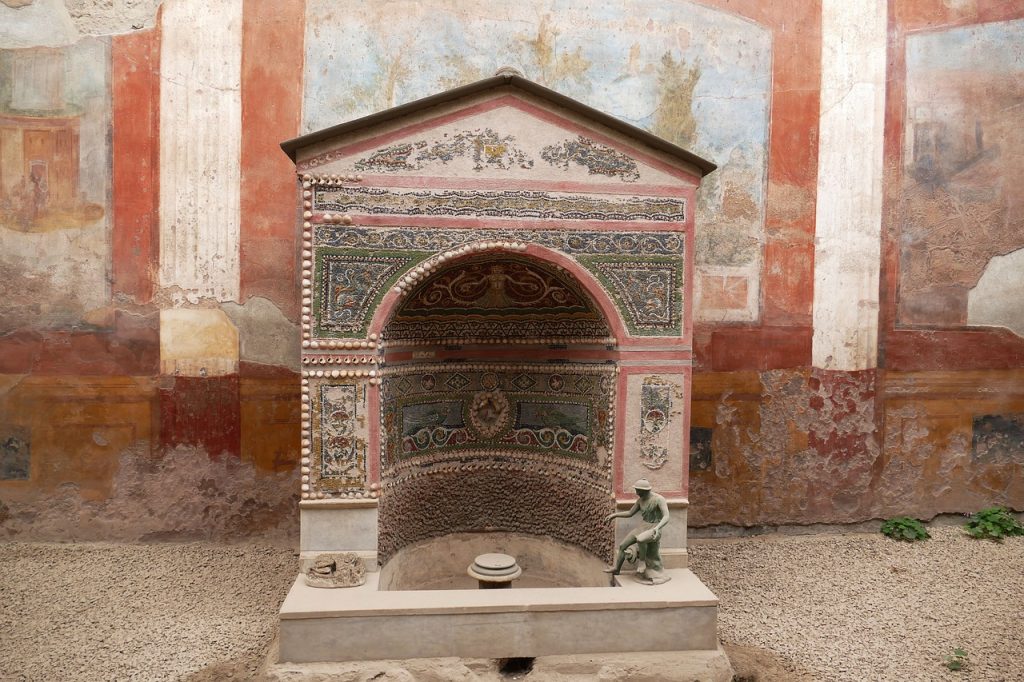
In 1943, a new threat loomed over the city. Allied bombs falling during World War Two destroyed several houses on the main street. A few years later,
Modern Efforts
Later rebuilding, took place in the 1980s. Yet even so, by the time of the collapse that took place in 2010, Pompeii was in serious crisis. Only about ten buildings and 14 acres of the 110 visible were open to tourists. Luckily, experts were vocal about their concerns, and in 2012 received funds for emergency intervention and future efforts. The current director, Massimo Osanna, feels excited about the city’s future. He and his team are continuing to work on the “Great Pompeii Project.” It’s an ambition plan, calling for meticulous, cross-disciplinary study as well as improved conservation and restoration. The goal is to revive Pompeii as a living picture of ancient Roman life. The first phase was completed in 2015, and opened another 12,500 m2 of area to the public.
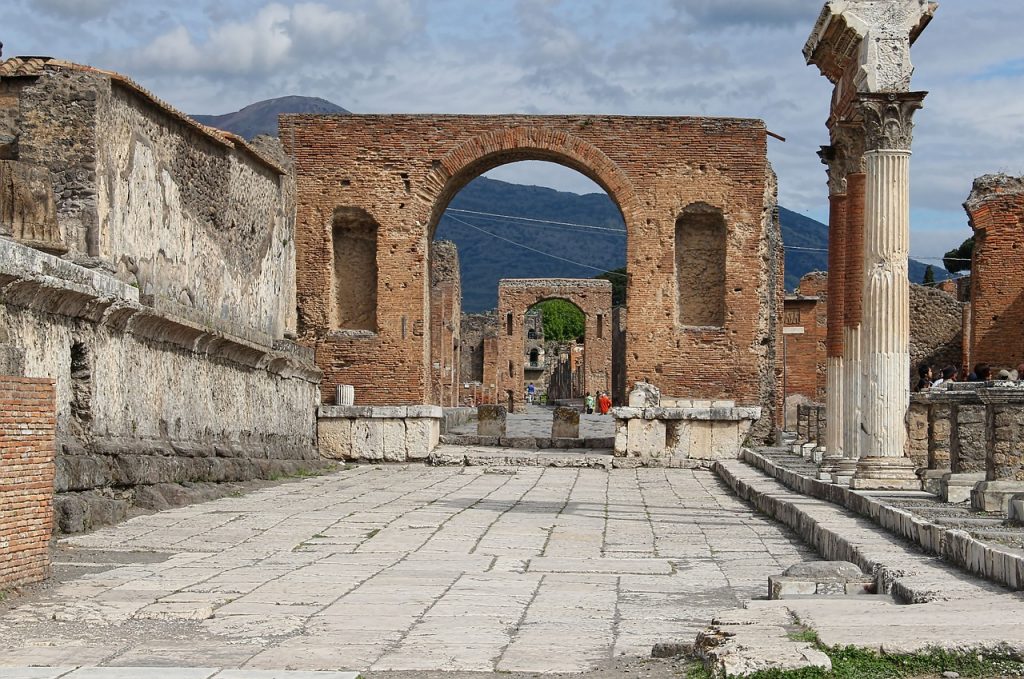
With funding to protect the ruins, new work has begun in the 54 or more acres of untouched city. 2018 saw amazing new findings. The “street of balconies” contains very expensive villas, some whose second stories were preserved, rare in Pompeii. Team members also found a richly adorned shrine and a garden with preserved plants of intense value to botanists. Newly found remains include several human and a stable with a number of horses. Pompeii’s renaissance will continue to provide new knowledge of history, while still sharing its immersive experience with visitors.
Sources: Butterworth, Alex, Pompeii: The Living City; Mau, August, Pompeii, Its Life and Art; Current World Archaeology, Issue 90, “New Finds from Pompeii;” Frank Viviano, National Geographic, “Bringing the Ghostly City of Pompeii Back to Life.”
Photo: Face, sculpture, Pompeii by jfleszar is licensed under CC0
This article was written for Time Travel Rome by Marian Vermeulen.
